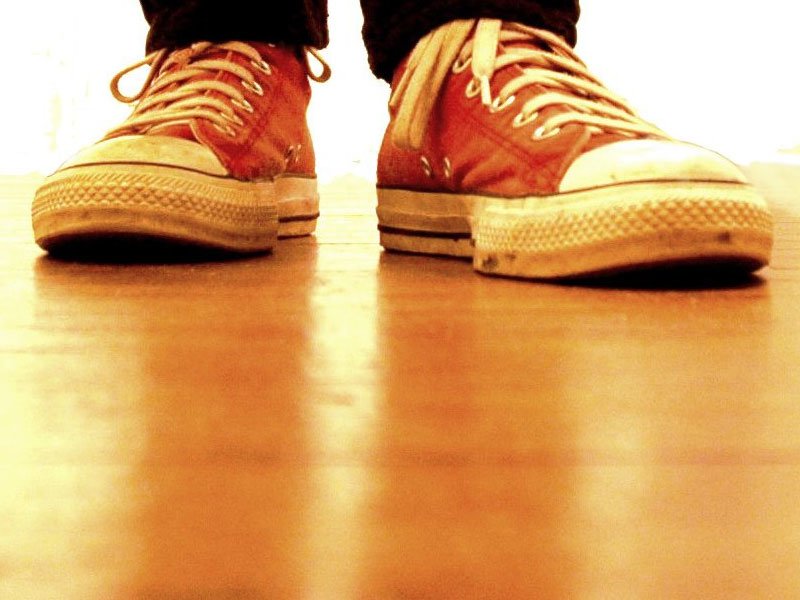According to , one of the most robust pillars of the forensic work, “Every contact leaves a trace”. In forensic investigations these traces are important for identifying suspects, understanding the circumstances of a crime or homicide. These clues or traces can be anything from tracks, to fingerprints, to DNA. But it’s not only humans or other animals that leave traces, tiny creatures do it too – the most numerous and most successful from an evolutionary standpoint. I’m refering to bacteria of course, which can be found on our shoes, on our clothes, on our skin and, of course, inside us. Billions of bacteria, some harmless and most beneficial, live inside making the microbiome. These are unique to every individual, depending on what he eats, drinks and other environmental factors. Some researchers think that tracking bacteria could become one of the most important tools for forensic investigators in their toolkit soon.
 Image: Economical Me
Image: Economical Me
For instance, one of the most enticing research was made this year by a group at University of Huddersfield. They took samples from the shoes of 89 randomly selected participants from three different conferences. They found that the bacteria collected from shoes could be grouped into three separate families, based on where the conferences took place. That’s because the bacteria signature is comprised of the core microbiome, inherent to each individual, and secondly of the bacteria that inhabits a distinct surface. When we walk, we scrap off bacteria from our homes, from the supermarket, office and so on. So, studying these bacteria not only can tell a forensic investigator who these ‘belong to’, but also where the person carrying the germs has been.
Besides shoes, the researchers also looked at mobile phones. These too hold populations that are distinct. What’s more, there are different patterns found on the front and the rear of a mobile phone, since the back mainly comes in contact with the hands, while the front with the face.
How could these findings be applied in the field? That’s a good question with no easy answer. Because we walk around all sorts of places, the bacterial signature changes constantly. It’s so volatile you could never use it as evidence in court, but it’s good enough to track down suspects or filter a list of suspects, so law enforcement can focus their resources on the likeliest persons. Read more about the study .



